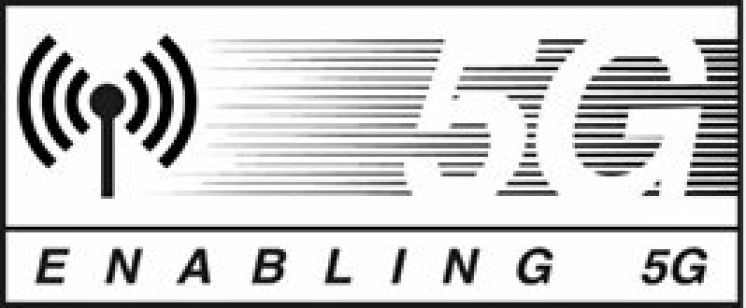ENABLING-5G
- Written by Ramón Martínez Rodríguez-Osorio

CONTEXT
The ENABLING-5G project arises from the results of the SICOMORO project (TEC-2011-28789-C02-01) as an applied research project to evaluate radio technologies in specific scenarios that give a "real" response to the challenges of the future fifth generation communications systems 5G. The project is based on these initial assumptions:
1. The new 5G systems will use frequency bands not yet exploited for massive mobile communications.
2. The new 5G systems will be extended to new environments, in particular communications for intelligent transport, vehicles such as aircraft or rail, isolated areas and emergency situations.
3. Radio technologies have to undergo a process of maturation and consolidation in order to meet new needs.
To guarantee a "real" response, the project will offer particular solutions to the following case studies:
Intelligent transport networks (ITS) applied to vehicle-infrastructure transmission in smart cities.
Multimedia distribution in 60 GHz band, with the aim of studying radio technologies and new propagation models for broadband channels in these frequencies, and applied to Gbps transmission systems for interiors, vehicles and urban environments (picocell or femtocell) ).
The role of the satellite in 5G networks, studying in Q, V and W bands techniques for satellite link in isolated places, emergency situations or vehicles and new antenna technologies.
In this context, ENABLING-5G has the following general objective: "Innovate in radio technologies for application in 5G systems in intelligent transport networks, multimedia distribution and satellite access network".
SPECIFIC OBJECTIVES
The specific objectives are the following:
1. Development of innovations in radio technologies to apply the benefits of 5G in three case studies: intelligent transport networks, short-range multimedia distribution and access network via satellite link in millimeter bands. The specific technologies are the following:
to. Planning and simulation of radio communication systems in millimeter bands (WP3).
b. Modeling and measurement of radio channel, including study of broadband channels in new frequency bands and effect on advanced MIMO systems (WP4).
c. Signal processing algorithms in advanced MIMO systems, beamforming and interference mitigation techniques (WP5).
d. New technologies and architectures of transmitter and receiver systems (WP6).
and. New antenna technologies in millimeter bands, both active and passive with orientation capability, with reflector technology and flat arrays (WP7).
2. Transfer of the obtained innovations to the Spanish business sector, and in particular to the companies that are supporting the proposal (WP8).
3. Final evaluation of the achievements obtained and analysis of their application to future applications and their fit with the challenges of the Society in the Spanish Strategy (WP2).
RESULTS
As a result of the project, a significant impact is expected both at a technological and business level, allowing Spanish companies to take advantage of the opportunities that arise with the development of 5G. The extensive research trajectory of the participating groups, reflected in publications, participation in contracts and projects, creation of spin-offs and patents, are a guarantee for the success of the project.
- Principal investigator: Manuel Sierra Castañer / Ramón Martínez Rodríguez Osorio
- Participants: Universidad Politécnica de Madrid (entidad coordinadora), Universidad de Vigo y Universidad de Navarra
- Funding: Ministerio de Educación, Cultura y Deporte
- Partners: Ministerio de Educación
- Duration: 2 años
- Project type: Proyecto de investigación


